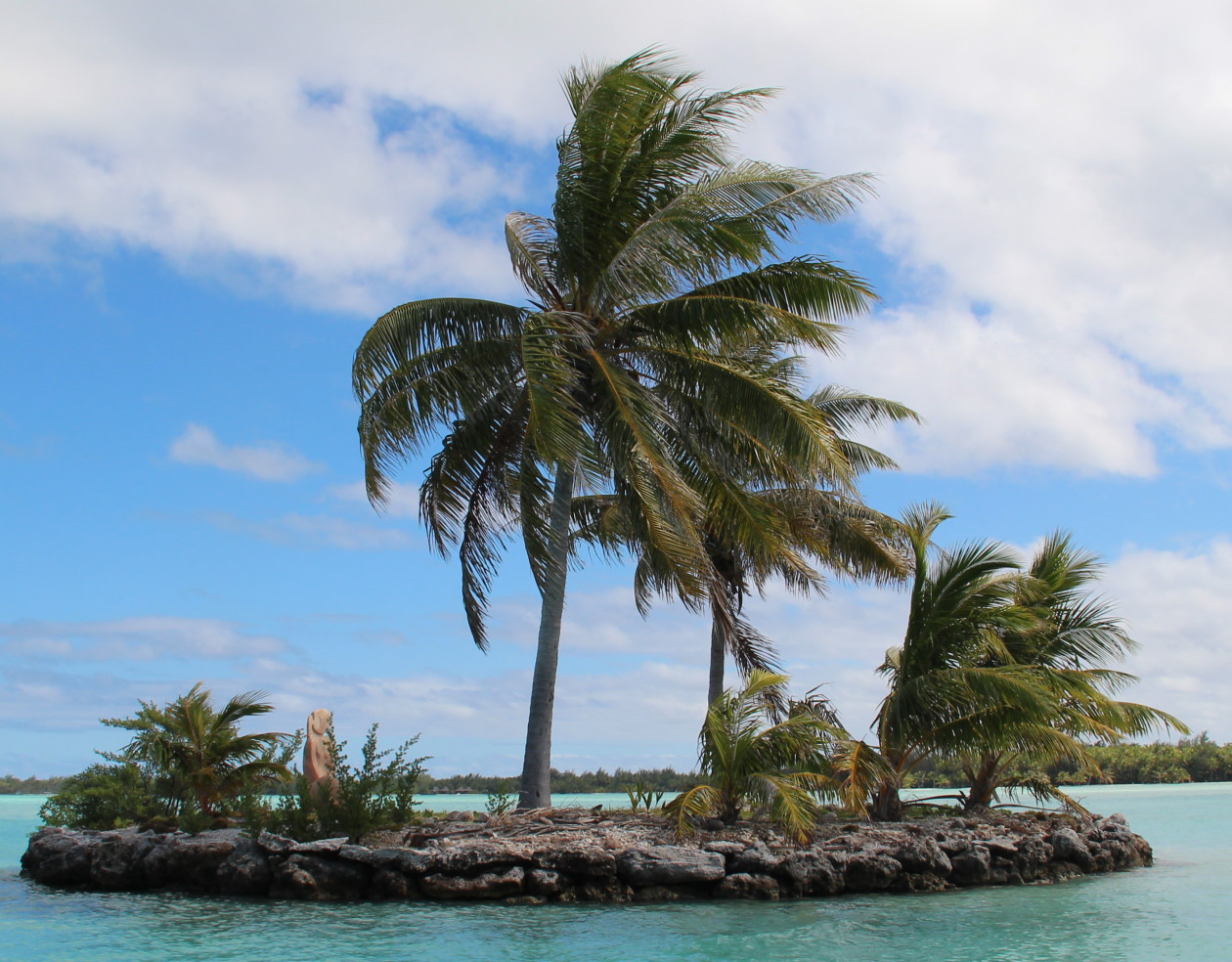My latest post, Monetary Impact, has generated a lot of buzz. Many of the comments have been related to my calculations, which I admit could have been better. I left out a few expenses here and there and I also failed to account for retained value of the SUV initially (see post-script of that post for recalculation if you have not seen it yet). There also is some concern about an SUV being an inappropriate comparison, which is a valid concern. Regardless of these problems with my post, the daily savings for my proposed SUV is somewhere between $30-55. Also, the savings for a reasonable commuter car is more than 10 dollars per commute! This, for most people, is savings worth pursuing.
Unfortunately, I have also received some feedback that can be summarized as, “I recognize the savings from riding a bike but I just cannot fit bicycle commuting into my current lifestyle.” The most common lifestyle complication is having children; I completely get that! I foresee this as being a major complication in the future of my bicycle commute, which I intend to write about extensively once my wife and I cross that path. Here is how one person has adapted her biking to having a family.
I would be fine with the kid rationalization; however, once I talk about some of my proposed solutions to bicycle commuting while having kids, the conversation inevitably turns toward safety. Almost everyone says,
“There is just no safe way for me to get to work from my house! It would be just too Risky!”
This is an excuse I simply cannot recognize as valid. First of all, there are literally no two points in the United States that you cannot find at least one safe route to ride a bicycle using low traffic side streets, sidewalks (not preferred), and trails. It is possible that the safest path may be longer than your car commute but that will give you more time to soak in all of the benefits of being outdoors, additional OEDE, and more time to Set Your Mind Free.
The idea that bicycle commuting is “risky” is pervasive in US American culture. Thus, this is the perfect opportunity for me to address the idea of RISK as I see it.
We are often led to believe in our decision making that taking Option A has Risk X and Option B has Risk Y. If Risk X is greater than Risk Y, one should avoid Option A in favor of Option B.
This seems completely rational, but unfortunately our minds are biased to only perceive risk of harm in this calculation, while almost always failing to calculate the risk of lost benefit if you are giving up Option A benefit by pursuing Option B.
Below is my favorite illustration of how silly this bias is (that I made up while riding to work the other day).
Let us assume that you really like the flavor of steak and that the most robust steak flavor is achieved when cooked at medium rare. We will also assume that the steak was purchased from a butcher without health code violations and that the chance of the steak initiating an infection is 21 in 100 million if cooked to your ideal medium rare temperature.
Almost any reasonable person would accept this risk of food poisoning… But what if you found a website that told you that you could cut your risk of food poisoning over 2-fold to 9 in 100 million by cooking the steak into a disgusting charred biscuit.
If you looked at this situation purely from the perspective of avoiding the risk of infection, you would opt for the burnt steak. However, I believe most people would not want to destroy the steak in pursuit of a small absolute risk reduction (12 times in 100 million steaks would you avoid food poisoning – 21 minus 9). Burning the steak, by the way, would result in no enjoyment!
This just happens to be the choice folks are making when they opt to drive instead of bike because of improved “safety” of a car over a bicycle. It is absolutely true that one of the most thorough studies on this subject demonstrates that for every 100 million bike trips there are 21 fatalities, whereas for the same number of car trips there are 9 fatalities. It is certainly true that this means that you are over twice as likely to die in a bicycle trip as in a car trip.
“Did you read that?! Business Casual Biker admitted that biking is TWICE as deadly as car-driving!”
It is 100% the truth. However, in order to realize this increased chance of death, one would need to take 8.3 million bicycle trips instead of a car. This is obviously more bicycle trips than any one human will ever undertake in his or her life no matter how much of bicycle badass one is. This means that your increased risk of dying while riding to work over the course of your lifetime is essentially zero.
What is more, if you are using this “supposed” risk as a rationalization for why you are not living a Business Casual Biker life style (with all of the benefits being outlined in this blog), you are getting a raw deal! Are you eating a charred steak every day because your worried about how scary it is to ride a bike?




